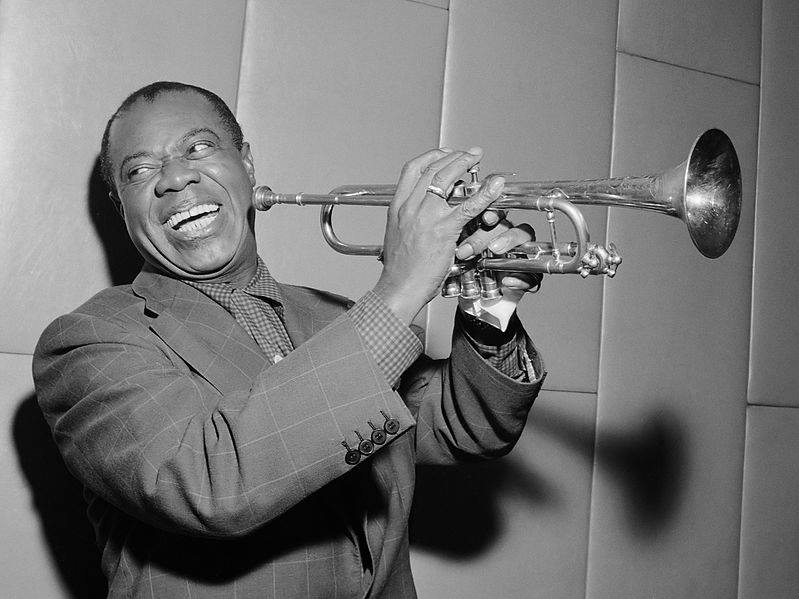Table of Contents
1. Introduction: The Evolution of Fishing Practices Through Time
For millennia, fishing was guided by ancestral knowledge—reading the stars, currents, and weather. Today, technology reshapes this relationship, merging tradition with real-time data to redefine how fishers navigate, decide, and sustain their craft. This transformation is not merely about efficiency; it’s a profound shift toward a connected, informed, and resilient fishing culture. At its heart lies the integration of sensors, data platforms, and digital networks that turn intuition into insight and risk into opportunity.
2. Real-Time Environmental Alerts: Guiding Safer, Smarter Journeys
Modern fishing increasingly depends on hydrossensorial networks—buoys and underwater sensors measuring temperature, salinity, and ocean currents with millimeter precision. These devices feed live data into mobile apps, enabling fishers to detect optimal zones before rivals even spot them. For example, in Norway’s Barents Sea, real-time salinity mapping helped local fleets avoid sudden cold fronts that disrupt fish migration, increasing catch efficiency by 30% while reducing fuel waste. Such alerts transform fishing from reactive to predictive, safeguarding both livelihoods and marine ecosystems.
Adapting to Climate Extremes
Not only do fishers track seasonal currents, but instant weather warnings—delivered via satellite and IoT devices—protect crews during storms. In the Philippines, fishers using early typhoon alerts reduced vessel losses by 45%, demonstrating how digital warnings turn survival into strategy.
Case Study: Crossing Risk with Confidence
A fleet in Iceland adjusted its northern route after receiving real-time data flagging an unexpected warm current, preventing fuel exhaustion and preserving catch quality. This agility underscores how real-time intelligence turns environmental uncertainty into competitive advantage.
- Real-time current mapping avoids fuel waste and extends fishing windows
- Predictive storm alerts reduce accident rates by up to 50%
- Dynamic route planning cuts voyage time by 15–25%
3. Data-Driven Conservation: From Catch to Ecosystem Stewardship
Ecosystem awareness grows when fishers access live biodiversity data. Digital platforms now overlay fish stock levels, protected zones, and seasonal closures directly into fishing apps, aligning daily work with long-term sustainability. In Canada’s Atlantic fisheries, such tools helped reduce overfishing by 22% within two years, as fishers consciously avoided spawning areas identified through shared real-time monitoring.
- Real-time catch-by-area maps support compliance with no-fishing zones
- Species migration data encourages seasonal rest periods for vulnerable stocks
- Community reporting builds trust and collective responsibility
“Technology didn’t replace my knowledge—it sharpened it. Now I fish not just with a net, but with a map of the ocean’s pulse.”
4. Technology as a Social Bridge in Coastal Communities
Beyond individual fishers, connectivity strengthens entire networks. Collaborative apps enable real-time sharing of safe waters, gear tips, and weather forecasts, reinforcing cultural continuity. In Portugal’s Algarve, fishers report tighter community bonds and faster information flow, turning isolated vessels into a responsive fleet united by data.
Key Insight: Digital tools amplify tradition by preserving knowledge while enabling adaptation—bridging generations through shared purpose.
| Benefit | Enhanced safety via alerts | Sustainable practices via real-time data | Stronger community through shared knowledge |
|---|---|---|---|
| Example | Reduced storm-related losses in Southeast Asia | 22% drop in overfishing with data platforms | Faster emergent cooperation in Iceland fishing groups |
Revisiting the Future: From Catch to Connection
The true transformation lies not just in data, but in how fishers, communities, and ecosystems co-evolve. Real-time monitoring fuels smarter decisions, while shared data builds resilience. As highlighted by recent research, this synergy between technology, science, and local wisdom forms a sustainable model that honors tradition while securing tomorrow’s oceans.
Final Thought: A connected fisher is not only more efficient—they are a guardian. Technology, rooted in real-time insight, turns individual effort into collective stewardship, closing the loop between past wisdom and future hope.
Explore how innovation is reshaping fishing communities at this article







